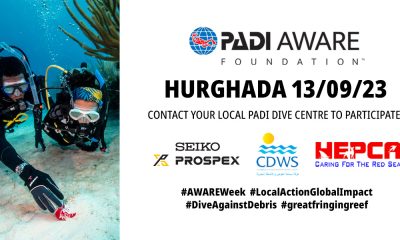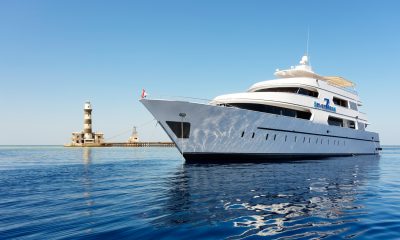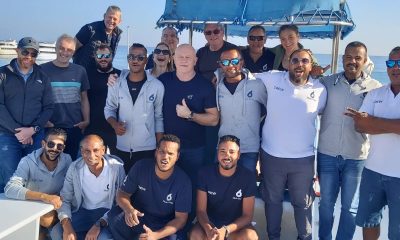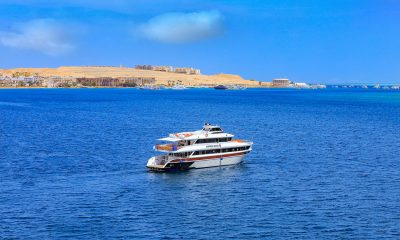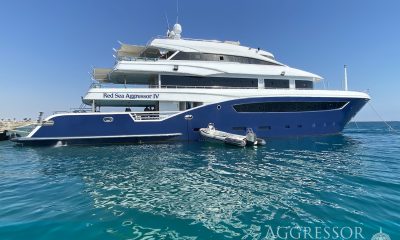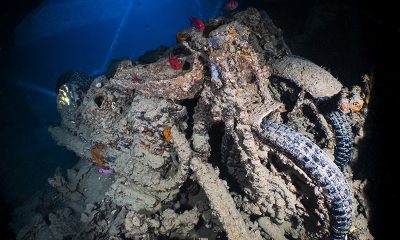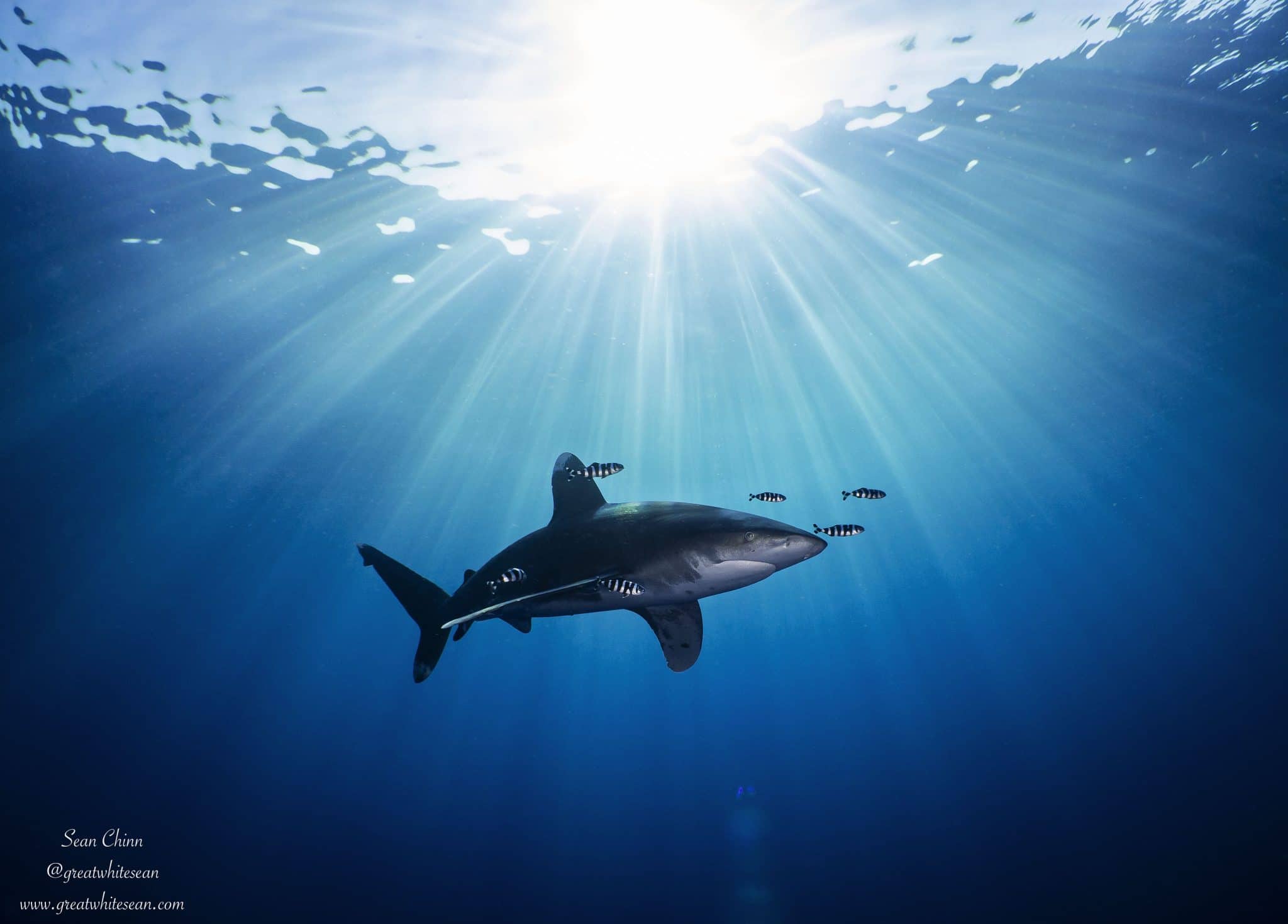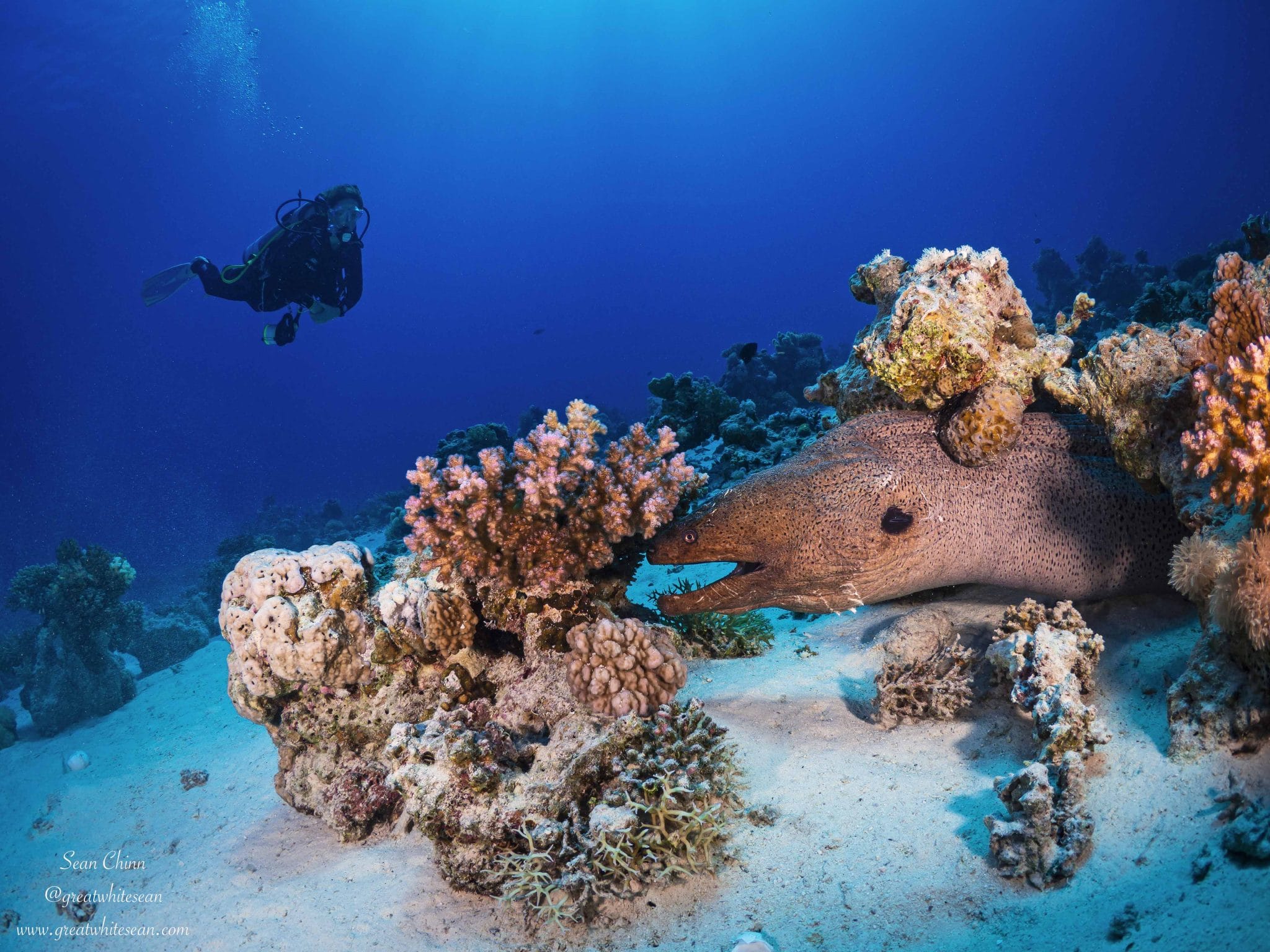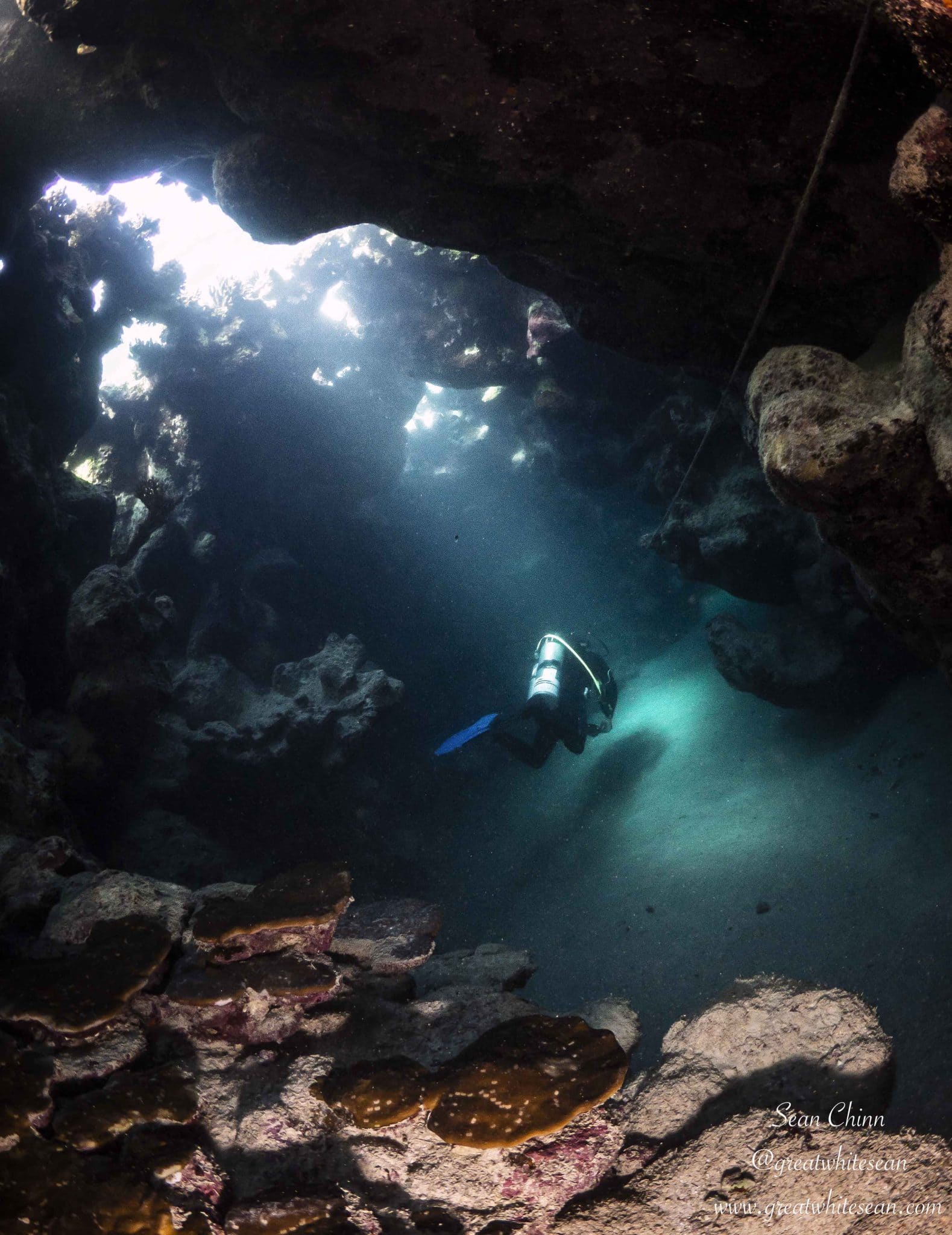Blogs
6 Best places to go diving in Saudi Arabia
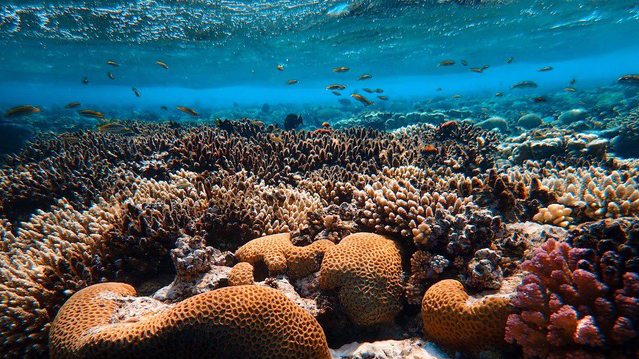
Saudi Arabia is a land of contrasts, rich in ancient history and dazzling cities with dramatic desert scenery throughout. It is one of the least-dived areas of the Red Sea and offers incredible diving among untouched reefs full of life. There are shallow reefs swathed in soft corals, deep walls and challenging wrecks to discover there. Boasting a wealth of reef and pelagic marine life, plus abundant sharks and mantas, Saudi Arabia needs to be on your diving wish list. Read on for our pick of the best places to go diving in Saudi Arabia before the rest of the world discovers this hidden gem.
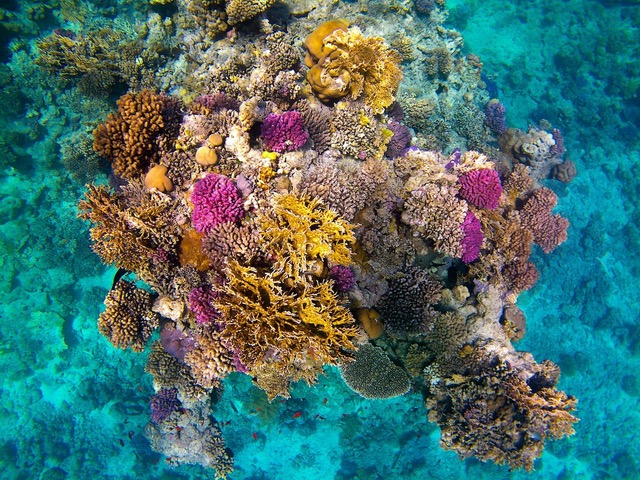
Diving in Makkah
The Mecca Province, also known as the Makkah Province, is home to Mecca and the main port city of Saudi Arabia, Jeddah. This historically-rich area offers spectacular Red Sea marine life and is home to some of the best diving in all of Saudi Arabia. This is where most of the cities that offer scuba diving in Saudi Arabia are found.
- Jeddah
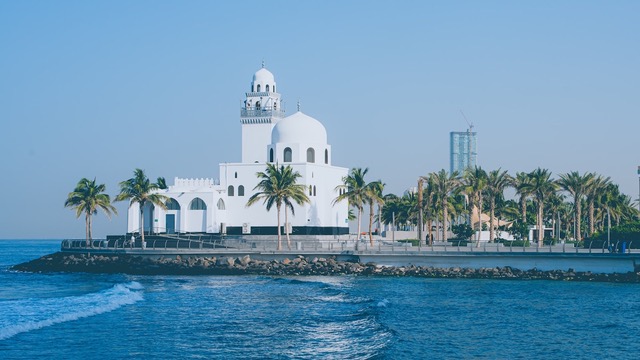
The coastal town of Jeddah is Saudi Arabia’s best-known dive destination and offers fantastic wreck diving for all experience levels. As well as hosting famous wrecks, Jeddah has thriving reefs busy with vibrant Red Sea marine life.
There you will find the Ann Ann wreck, the biggest wreck in Jeddah. She sunk in 1977 and is a staggering sight, covered in soft corals. This is a challenging dive, but with the right conditions, you can start at the stern at 32 meters deep and work your way up to 5 meters at the bow.
The Boiler wreck is another one of Jeddah’s top dives, offering deep reef and wreck diving from 45 meters deep up to 15 meters. As well as the wreck itself, there are caves, a tunnel, and a reef wall covered in black, pink and bright red corals. On any given day, you have the chance to see sharks, manta rays, and large pelagic fish at this remarkable dive site.
These are just two of the many highlights of diving in Jeddah. You can go diving from shore at Jeddah’s luxurious resorts or explore further afield by day-boat diving. With a range of dive centers to choose from, Jeddah is an excellent place to get a scuba certification and experience some of the best Red Sea diving there is.
- Farasan Banks, Al Lith
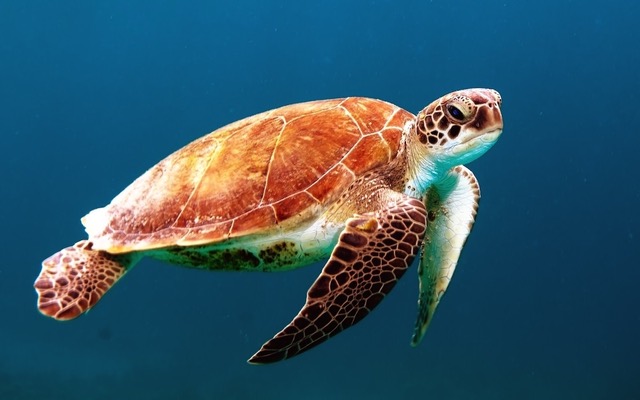
Al Lith, one of the largest seaports in Saudi Arabia, sits just south of Jeddah and is the gateway to one of Saudi Arabia’s best-loved dive spots; the Farasan Banks at Jabal Al-Lith Island.
Jabal Al-Lith Island is stunning; swathed in white-and beaches and surrounded by mangroves and thriving coral reefs full of marine life. This little island is fast-gaining the attention of tourists and is an unmissable dive spot.
At the Farasan Banks, you can enjoy diving in the light-filled shallows or explore the depths, which plummet down to 500 meters. It’s an excellent destination for novice divers and experienced technical divers alike.
The Banks are well-known for their diverse marine life and boast diverse corals, a mixture of Red Sea reef and pelagic fish, plus numerous sharks. White-tip reef sharks, grey reef, silky, and hammerhead sharks can all be found there.
- Five Sisters, Rabigh
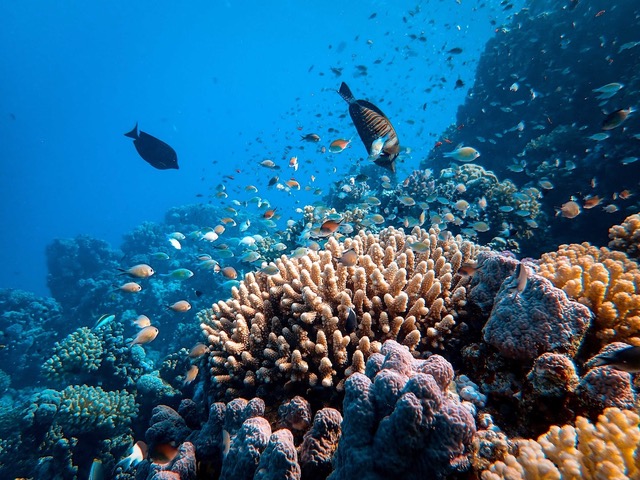
Another great city for diving, Rabigh sits between Jeddah and Yanbu and offers excellent coral reef diving. It is most famous for hosting the Five Sisters Reef: a series of five coral atolls just offshore from Rabigh.
The Five Sisters Reef is Rabigh’s most popular dive area and offers outstanding diving. This area is completely untouched, and each atoll has different underwater landscapes, including steep walls, plateaus, columns, and anemone beds. The dive sites are teeming with a wealth of reef life and are covered in corals. Added to that, schools of pelagic fish, hammerheads and mantas are often seen in the blue.
Diving in Madinah
The Madinah Region hosts another of Saudi Arabia’s top dive areas, Yanbu. This ancient port city north of Jeddah dates back to around 500BC and was an important rest stop for traders navigating one of the world’s oldest trade routes, the Incense Route.
Today, Yanbu is a major port and fast-growing tourist destination, surrounded by azure waters, gorgeous beaches, and untouched reefs. With access to areas such as the Seven Sisters Reef, Yanbu truly deserves its nickname ‘the Pearl of the Red Sea’.
- Seven Sisters. Yanbu
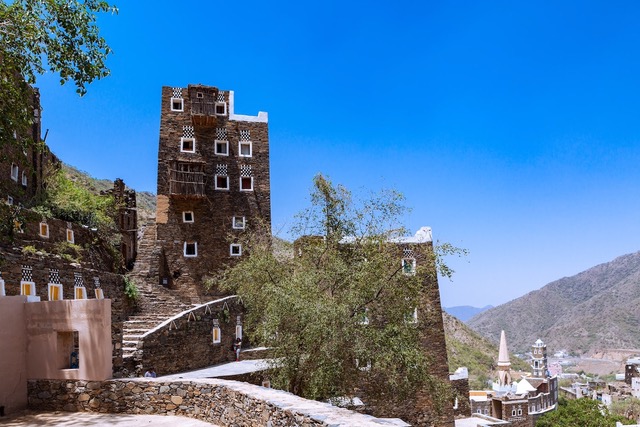
Seven Sisters Reef is known for one thing – hammerhead sharks. This reef hosts these unmistakable sharks almost year-round and offers excellent reef diving as well. There are beautiful shallow coral landscapes to explore, plus plunging walls patrolled by schools of barracuda and snapper.
- Abu Galawa, Yanbu
Abu Galawa is part of the Seven Sisters Reef and is an underwater world covered in corals and visited by numerous sharks, including hammerheads. It is one of the most rewarding dives of the Seven Sisters Reef system.
Diving in Tabuk
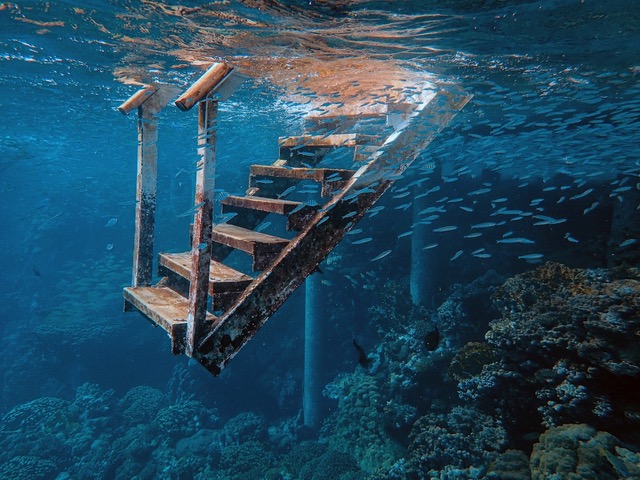
- Tabuk
Tabuk Province is less well-known for diving than other areas of Saudi Arabia, yet it boasts the longest stretch of Red Sea coastline in all of Saudi Arabia. It is home to the Red Sea Project and NEOM, two impressive coastal development projects that will put Tabuk firmly on the map of enviable places to go diving in the Red Sea.
Go diving in Tabuk before the rest of the world discovers this dive area. You will be rewarded with crystal-clear, warm waters and pristine coral reefs few people have ever dived. If you like exploratory diving, Tabuk could be the place for you.
—————————————————————————————————————————————————–
Kathryn Curzon, a conservationist and dive travel writer for SSI (Scuba Schools International), wrote this article.
Blogs
Scuba Diving and Marine Life: Hawksbill Turtle, Red Sea (Watch Video)
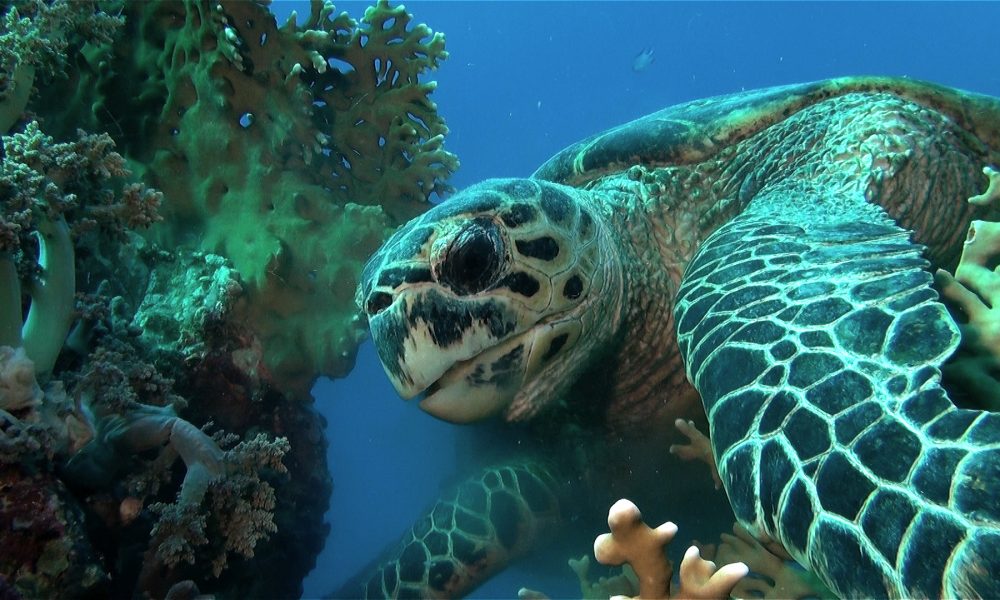
Scubaverse Underwater Videographer and Editor-at-Large Jeff Goodman takes us on a tour of some of his favourite marine life in this video series...
Blogs
A Red Sea Scuba Scene (Part 2 of 2)
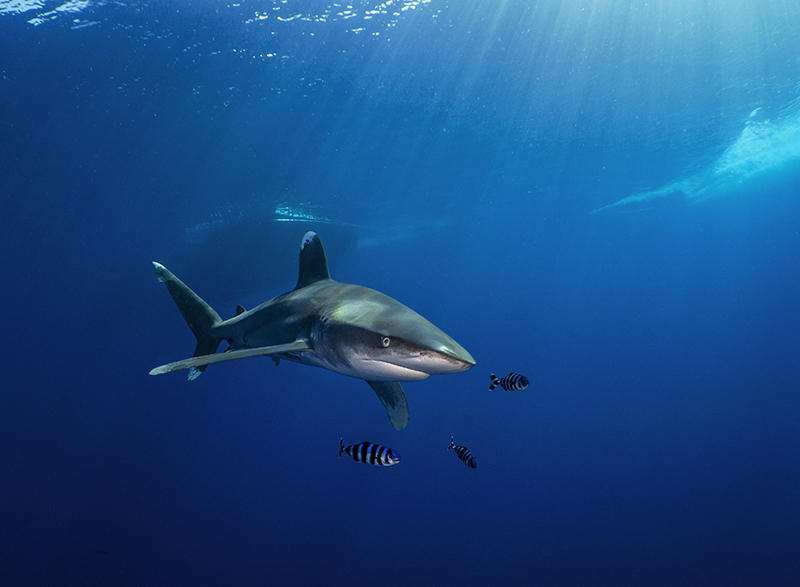
The first two days of diving were amazing – I think you’ll agree after reading Part 1 of the blog HERE. We left the Brothers Islands setting sail for Daedalus – the southernmost point of our itinerary around 275km southeast of Hurghada. Conditions were perfect for our crossing and continued throughout our day at Daedalus for three dives. I was so excited for this site as it was the highlight on my previous trip and I’d also had word it was the hot spot for oceanic whitetips the last couple of months.
We moored up by the lighthouse at the southern point of the island and was thankful to see there weren’t as many boats as at the Brothers. Our first dive was a rib dive to the North Point to drift out in the blue at around 25 metres+ in the hope of seeing scalloped hammerheads. I wasn’t expecting the same action as my previous trip with schools of around 20 hammerheads due to difference in the time of year and sure enough the action didn’t hit as big. We spotted a couple of lone hammerheads between the group deeper than 40 metres. After spending half the dive in the blue we came back to the stunning East wall with its amazing soft coral and small fish life. Towards the end of the dive we had an incredible encounter with a feeding hawksbill turtle that was completely comfortable with our presence as it fed on the soft coral. It’s always a pleasure seeing turtles.
Although we were on the rib once the dive was finished, the action wasn’t over. As we neared Scuba Scene we saw some commotion with other ribs in front stopping and looking in the water. Initially the rib skipper said it was a whale shark but as we neared we saw the unmistakeable dorsal fin of an oceanic whitetip shark break the surface. In fact, there were two of them and they were really excited. I lent over the side with my camera and got my best photos of them as one came to investigate bumping into the camera. This is what I love; this is what gets me excited and sure enough for the next two dives I decided to stay under our boat at around 5 metres for most of the dives. There were three in total around Daedalus and I had some incredible close-up encounters with them. This is what I was here for and I was so happy after our day at Daedalus with the oceanics.
Although the conditions at Daedalus were like glass, the weather forecast wasn’t looking great for the next two days and the decision was made to journey back north to Elphinstone instead of staying for another day at Daedalus. I was a little disappointed as it would mean missing out on some more great shark action. However, I missed out on Elphinstone on my last trip due to bad weather and was happy to get the chance to dive there finally.
Sure enough the winds picked up during the night and it was a lot more choppy when moored up at Elphinstone. With Scuba Scene’s size, it was very capable of dealing with rougher seas and we planned for a full day there. We had two morning dives before deciding to head inland as conditions worsened. My dive buddy and I stuck with the South Plateau for the two dives and both were stunning. The life on the plateau was amazing as lionfish were in abundance and while photographing them I got surprised by my very first torpedo ray. It was only a juvenile and what a cutie it was as it swam over my dome and turned just before it hit me and swam away. Two friendly hawksbills were again a highlight as they didn’t care for the divers exploring the plateau. While ANOTHER oceanic whitetip really made our trip to Elphinstone in bad weather worthwhile. FIVE different oceanics on the trip; I was happy to just get one but buzzing with the action at three different sites.
It wasn’t all bad leaving Elphinstone early as we managed to get an extra dive in with a night dive at Abu Dabab 3 after an afternoon dive there also. The afternoon dive was a highlight of the trip for me as I got to experience something different with a “cave” dive of sorts. My dive buddy sat the dive out but guide Adma Rashed was eager to get in as he loved exploring the caves. I was soon following him exploring a shallow cave system through the reef. As it happens, this was his first time exploring the whole way through the system and he was so happy after the dive. I’m no cave diver and have no interest in deep cave exploration but this was really fun and different to everything else on the trip. I’d certainly like to do more of this relaxed type of cave diving.
The rest of the trip for the Thursday and half a day on the Friday was Red Sea reef heaven again. A night dive at Mangrove Bay provided a couple of cuttlefish (I love cuttlefish) and also my first time seeing a Spanish Dancer underwater. Although we tried the seagrass at Marsa Shona and saw a green sea turtle from the surface, we couldn’t find any underwater and soon left to explore the reef – an amazing reef full of blue spotted ribbontail rays to enjoy. We finished with two dives at the Police Station dive site around Small Giftun Island. The gorgonian fan corals were a beautiful sight but the highlight of diving here were the huge moray eels and, in particular, one huge free swimming moray that swam next to me for a brief period right at the end of my last dive.
WHAT A WEEK OF DIVING!!!! Thank you Scuba Scene Liveaboard and Oyster Diving.
Sean Chinn travelled as a guest of Scuba Scene Liveaboard and Oyster Diving. Scuba Scene is available to book exclusively through Oyster Diving. Please contact info@oysterdiving.com or call 0808 253 3370 to find out more or reserve your space!



